Thoughts on raked gravel
relly
18 years ago
Related Stories
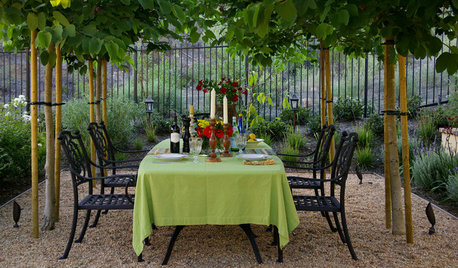
LANDSCAPE DESIGNEnjoy the Romance of Dining in a Classic Gravel Garden
Here’s what to consider when it comes to installing, styling and maintaining a DIY-friendly gravel patio
Full Story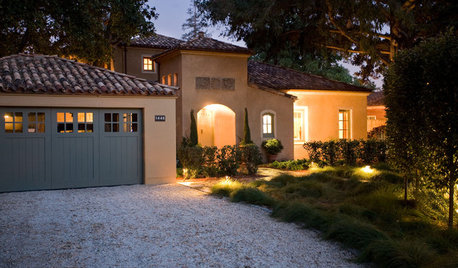
REMODELING GUIDESGravel Driveways: Crunching the Pros and Cons
If you want to play rough with your driveway, put away the pavers and choose the rocky road
Full Story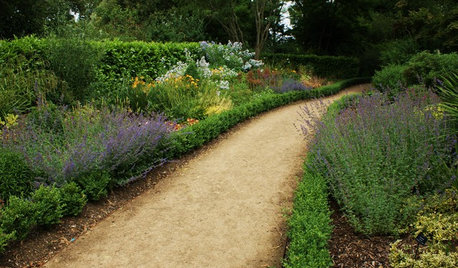
LANDSCAPE DESIGN5 Gravel and Stone Types for a Rockin' Landscape
Give your garden design some textural bam with pebbles, granite, river rocks and other permeable materials
Full Story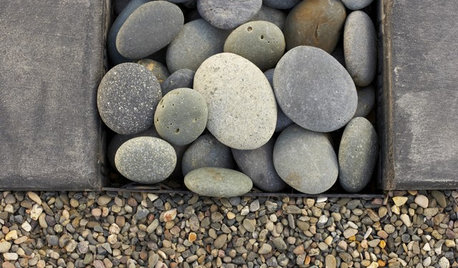
LANDSCAPE DESIGNThe Right Stone for Your Garden Design
Gravel, pebble, cobble and paddle: Stones vary in size and shape, and have different uses in the landscape
Full Story
GARDENING GUIDESGarden Myths to Debunk as You Dig This Fall and Rest Over Winter
Termites hate wood mulch, don’t amend soil for trees, avoid gravel in planters — and more nuggets of garden wisdom
Full Story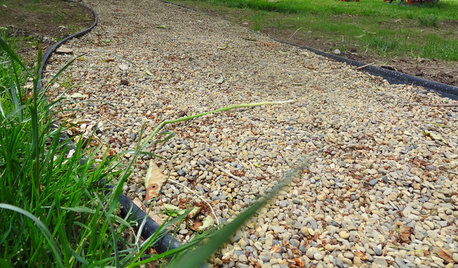
GARDENING AND LANDSCAPINGDIY Pathway Puts Landscapes on the Right Track
Create a road more traveled in your backyard, and save your lawn from foot traffic, with this easy, affordable gravel path
Full Story
FALL GARDENING7 Reasons Not to Clean Up Your Fall Garden
Before you pluck and rake, consider wildlife, the health of your plants and your own right to relax
Full Story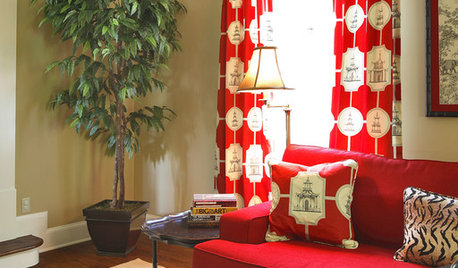
DECORATING GUIDESInspired by Fall: Reds, Oranges and Browns at Home
Add just an accent or rake in the color with shades of autumn all over the house
Full Story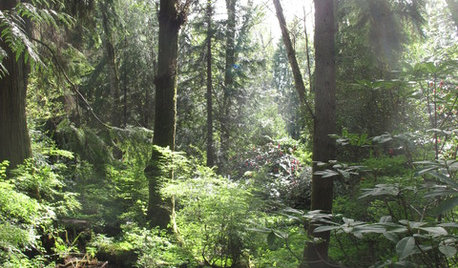
GARDENING AND LANDSCAPINGGarden Lessons from a Grand Northwest Reserve
Borrow classic landscape ideas from this Washington state treasure, a series of gardens as thoughtfully planned as they are spacious
Full Story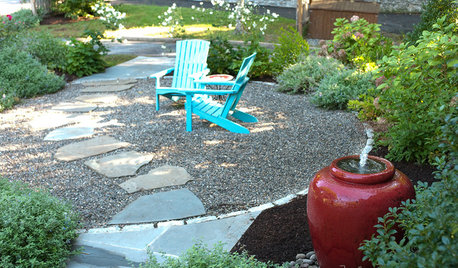
GARDENING AND LANDSCAPINGPatio Pavers Rock Out
Pair stone or gravel with bigger pavers for a patio design that guests will pay tribute to
Full Story





DonPylant
Cytania
Related Professionals
Belmont Landscape Architects & Landscape Designers · Clemson Landscape Architects & Landscape Designers · Saint Matthews Landscape Architects & Landscape Designers · South Orange Landscape Architects & Landscape Designers · Winder Landscape Architects & Landscape Designers · New Braunfels Landscape Contractors · Riverhead Landscape Contractors · Seymour Landscape Contractors · Waldorf Landscape Contractors · Yukon Landscape Contractors · Hayward Decks, Patios & Outdoor Enclosures · St. Louis Decks, Patios & Outdoor Enclosures · Surfside Decks, Patios & Outdoor Enclosures · West Bloomfield Township Decks, Patios & Outdoor Enclosures · Westfield Decks, Patios & Outdoor Enclosuresedzard
george_in_the_uk
coachsmyth
rellyOriginal Author
ray7
bahamababe
edzard
Herb
asuka
ray7
asuka
RckyM21
edzard
Herb
Lee_ME
Lee_ME
edzard
Herb
asuka
Herb
asuka
keithnotrichard
Lee_ME
Herb
DonPylant
Herb
edzard
RichC53
Meg Connelly
Daryl Toby - AguaFina Gardens International